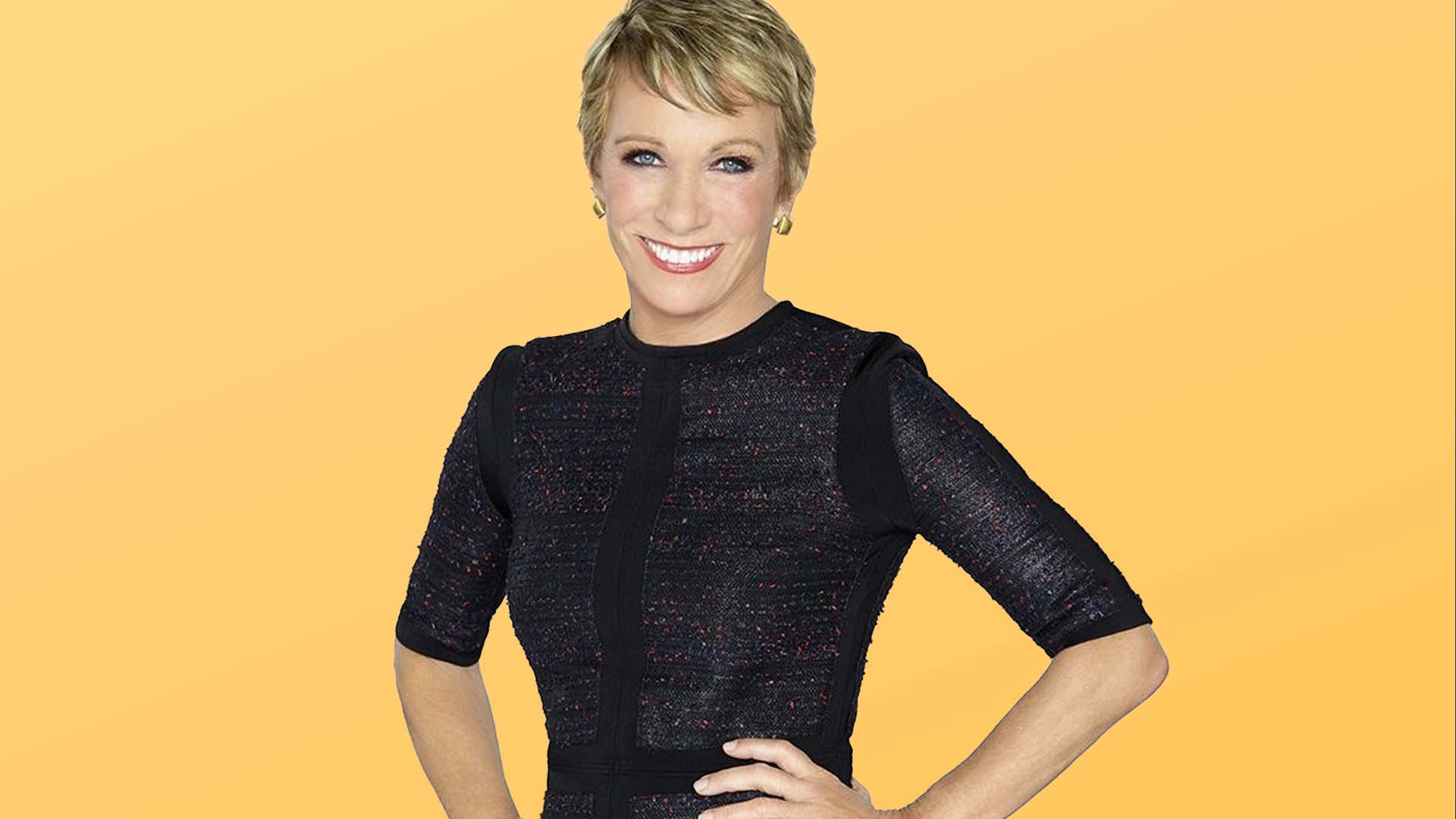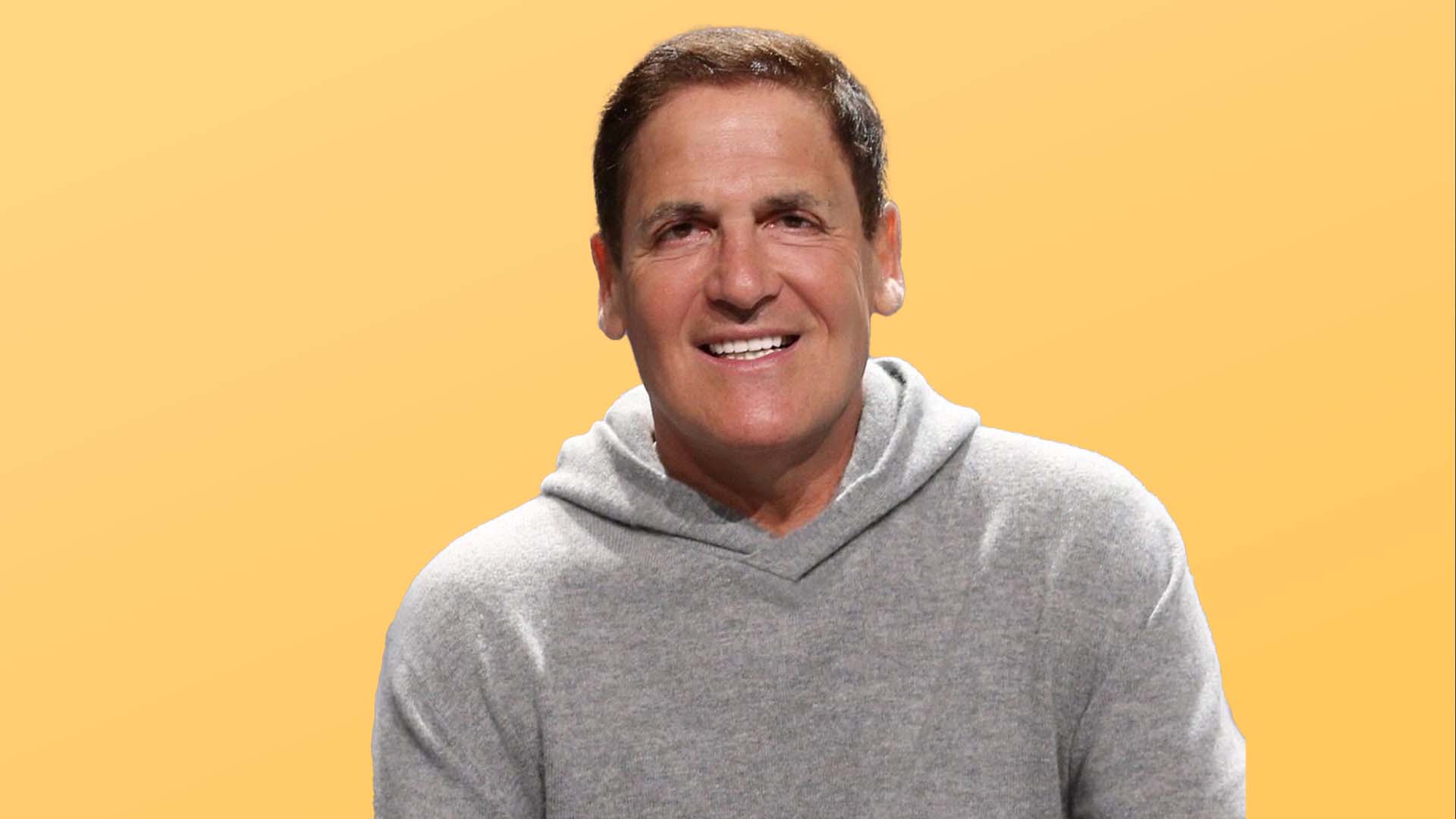4 Ways Middle-Class Earners Are Protecting Their Money in Today’s Uncertain Economy

Commitment to Our Readers
GOBankingRates' editorial team is committed to bringing you unbiased reviews and information. We use data-driven methodologies to evaluate financial products and services - our reviews and ratings are not influenced by advertisers. You can read more about our editorial guidelines and our products and services review methodology.

20 Years
Helping You Live Richer

Reviewed
by Experts

Trusted by
Millions of Readers
When it comes to the global economy these days, you should expect the unexpected. Stock markets are behaving like roller coasters, prices of everyday goods continue to rise, and the job market remains unpredictable. Middle-class earners are feeling the strain. Protecting their money — and their peace of mind — in such uncertainty is a daunting task. Fortunately, safeguarding their hard-earned savings may be easier than they think.
According to Jayant Mistry, CFA, senior vice president, CFO and treasurer of consumer banking at Synchrony, there are some simple yet effective steps middle-class earners can take to ensure that the ups and downs of the broader economy don’t send their personal finances into a spiral.
He shared some of these tips with GOBankingRates as part of our Top 100 Money Experts series.
Plan for a Rainy Day
While you’d like to believe your life will be nothing but sunshine, rainy days — like a job loss, car troubles, health issues or home repairs — will inevitably roll in. Mistry says middle-class earners can protect themselves from getting wet by setting up an emergency fund.
In addition to saving for major life goals, he encourages people to set aside money that can insulate them from financial surprises.
“I think being financially secure is about planning not just for large events, but also rainy days,” he said. “We all have so much going on in our lives, so having tomorrow or someday funds around allows people to feel more secure and have flexibility when difficult life events occur.”
Set Up a System To Pay Yourself First
Though you might want to dive straight into investments or complex money management strategies, Mistry says you’re better off starting slow and simple. He recommends setting up three different bank accounts: one for required expenses, one for wants (such as a money market account) and one for emergencies (ideally a high-yield savings account).
Once you’ve set up your accounts, Mistry wants you to establish a system that lets you “pay yourself first” — or add to your savings — automatically.
“Go online and open an FDIC-insured high-yield savings account, link it to your checking account and set up an auto transfer amount into your savings every pay period,” he said. “This will ensure consistent contributions without having to think about it.”
Between working hard, raising families and being involved in their communities, middle-class earners are busy. Automating savings takes one task off their plate while helping them stay consistent.
Explore Different Accounts
Mistry is a strong advocate for the strength of FDIC-insured high-yield savings accounts, but he also suggests that middle-class earners explore short-term bonds and other relatively low-risk options.
“For those with extra money, funds today are going into CDs, brokerage accounts or money market funds,” he said. “In the last rising cycle, setting up CD tenors ‘laddering strategy‘ gained popularity with consumers opening CDs in different lengths from six months to five years to spread out maturities so they consistently have access to funds and renewal rates.”
Using a mix of account types allows middle-class savers to balance easy access to cash with safety and steady growth.
Consider Fresh Approaches to Budgeting
As more people in the middle class are attached to their phones, Mistry recommends exploring budgeting and expense-tracking apps to help monitor spending and identify nonessential costs. These tools can make it easier to live below your means and redirect savings toward long-term goals.
“I would think about budgeting and setting realistic goals,” he said. “Define what you want to achieve, whether it’s building an emergency fund, paying off debt, buying a home or saving for retirement, and then don’t try to do too much at once.”
Ultimately, one of the best and simplest ways middle-class earners can protect their income is by solidifying a budget that works for their lifestyle and sticking to it.
The Bottom Line
People earning a middle-class income can feel intense pressure and anxiety about protecting their money in an uncertain global economy. While they can’t control market swings or rising prices, they can take proactive steps — like budgeting effectively, finding smart savings vehicles and automating their deposits — to build a stronger financial foundation.
These small, steady actions can make a big difference in long-term financial security.
This article is part of GOBankingRates’ Top 100 Money Experts series, where we spotlight expert answers to the biggest financial questions Americans are asking. Have a question of your own? Share it on our hub — and you’ll be entered for a chance to win $500.
More From GoBankingRates
 Written by
Written by  Edited by
Edited by  Money Expert
Money Expert 








































































































